Although many princes wanted to be “independent” (which would have meant hereditary monarchies and no hope for democracy) they had to succumb to their people’s protests which turned violent in many provinces.
But his hopes of remaining independent were dashed in October 1947, as Pakistan sent in Muslim tribesmen who were knocking at the gates of the capital Srinagar.
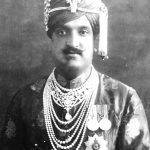 Hari Singh appealed to the Indian government for military assistance and fled to India. He signed the Instrument of Accession, ceding Kashmir to India on October 26.
Hari Singh appealed to the Indian government for military assistance and fled to India. He signed the Instrument of Accession, ceding Kashmir to India on October 26.
Indian and Pakistani forces thus fought their first war over Kashmir in 1947-48. India referred the dispute to the United Nations on 1 January. In a resolution dated August 13, 1948, the UN asked Pakistan to remove its troops, after which India was also to withdraw the bulk of its forces.
India, having taken the issue to the UN, was confident of winning a plebiscite, since the most influential Kashmiri mass leader, Sheikh Abdullah, was firmly on its side. An emergency government was formed on October 30, 1948 with Sheikh Abdullah as the Prime Minister.
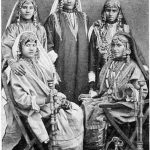
Pakistan ignored the UN mandate and continued fighting, holding on to the portion of Kashmir under its control. On January 1, 1949, a ceasefire was agreed, with 65 per cent of the territory under Indian control and the remainder with Pakistan.
The ceasefire was intended to be temporary but the Line of Control remains the de facto border between the two countries.
In 1957, Kashmir was formally incorporated into the Indian Union. It was granted a special status under Article 370 of India’s constitution, which ensures, among other things, that non-Kashmiri Indians cannot buy property there.
Fighting broke out again in 1965, but a ceasefire was established that September. Indian Prime Minister, Lal Bhadur Shastri, and Pakistani President, M Ayub Khan, signed the Tashkent agreement on January 1, 1966.
They resolved to try to end the dispute, but the death of Mr Shastri and the rise of Gen Yahya Khan in Pakistan resulted in stalemate.

In 1971a third war, resulting in the formation of the independent nation of Bangladesh (formerly known as East Pakistan). A war had broken out in East Pakistan in March 1971, and soon India was faced with a million refugees.
India declared war on December 3, 1971 after Pakistani Air Force planes struck Indian airfields in the Western sector.
Two weeks later, the Indian army marched into Dhaka and the Pakistanis surrendered. In the Western sector the Indians managed to blockade the port city of Karachi and were 50 km into Pakistani territory when a ceasefire was reached.
The Hindus of the Kashmir Valley, a large majority of whom were Kashmiri Pandits, were forced to flee the Kashmir valley as a result of being targeted by JKLF and Islamist insurgents during late 1989 and early 1990. Of the approximately 300,000 to 600,000 Hindus living in the Kashmir Valley in 1990 only 2,000–3,000 remain there in 2016.
According to the Indian government, more than 62,000 families are registered as Kashmiri refugees including some Sikh families. Most families were resettled in Jammu, National Capital Region surrounding Delhi and other neighboring states.
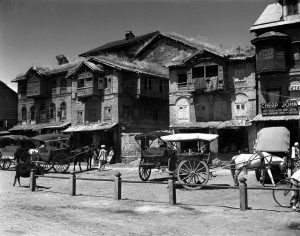
The Indian army was able to repel the Pakistani invaders only up to a point; the current Line of Control that divides Kashmir more or less marks the result of that confrontation. Since then, Kashmir has become a pawn in the cynical and deadly game between India and Pakistan. India uses Kashmir to claim that it is a democratic society (but does so by rigging elections, importing pliable Hindu rulers, imprisoning elected leaders, and brutally oppressing the population), while Pakistan claims that it is interested in Kashmiri independence (despite having flooded the valley with guns, an intolerant variant of Islam, and denying independence to its other occupied territory, Balochistan).
The book makes two important contributions to our understanding of what has happened in Kashmir since that point. The first has to do with the form of the resistance, which has shifted over the years from secular nationalism to Islamist politics and back again. The period between the 1940s and the early 1980s was dominated by the secular nationalist forces in Kashmir organized under Sheikh Abdullah, who initially sought some kind of compromise with the Indian state for greater autonomy within a larger federation. When even democratic dialogue broke down and India reneged on promises, a few groups (like the Jammu Kashmir Liberation Front) broke away from the dominant nationalist coalition and began waging a guerrilla struggle. At the same time, Pakistan, flush with arms and militants it was recruiting and training for the American-sponsored resistance to the Soviet invasion of Afghanistan, began recruiting Kashmir youth to jihadi outfits, sending Islamist groups into Kashmir, and providing weapons and training to secular groups (though they eventually stopped backing these groups altogether).
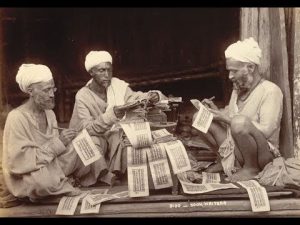
The devastating effects of that policy on ordinary Kashmiris are documented in Hilal Bhatt’s personal essay in the collection. But by the late 1990s, Islamist organizations had exhausted whatever appeal they may have had, as their social policies came into conflict with Kashmiri ideologies, and their inability to produce a military solution meant that ordinary Kashmiris were the ones suffering the barbaric Indian crackdown that followed their terrorist activities. The last decade of resistance has been characterized by secular, democratic opposition to the policies of the Indian state, a reality that goes against all of the mainstream propaganda that Kashmir is another front in the war on terror.
The second contribution the book makes has to do with the staggering scale of violence that the Indian state perpetrates against the Kashmiri population (the condition of the Pakistani-administered section, while poor, is not nearly as bloody). As Angana Chatterji puts it, “Kashmir is a landscape of internment, where resistance is deemed ‘insurgent’ by state institutions.” Chatterji and her husband Richard Shapiro have been targeted by the Indian government for their views on Kashmir, and were both recently fired from their jobs at the California Institute of Integral Studies, in part for their outspoken political advocacy.
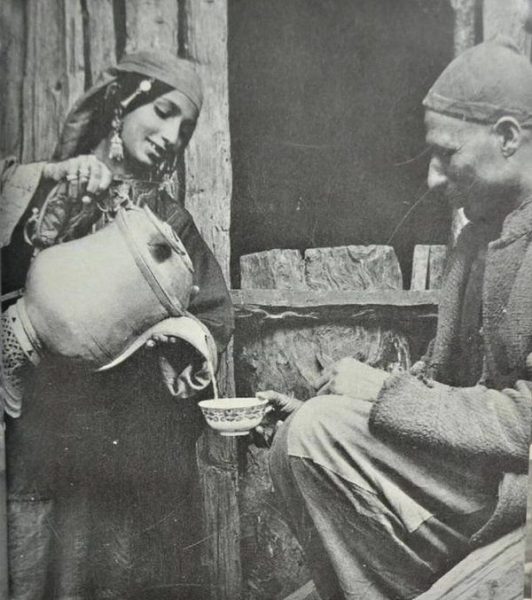
Part of the reason that Kashmir is so brutally repressed is because the Indian state is now governed by an ideology that requires the fiction of a massive security threat in order to justify exorbitant expenditures on its military and police forces. This fiction is propped up, as Chatterji argues, by an ideology that amalgamates Hindu chauvinism, neoliberalism, and authoritarian statecraft. The result has been the wholesale criminalization of even the mildest form of public protest.
Most recently, the police filed sedition charges against the Jammu and Kashmir Board of School Education for showing a man in blue carrying a stick under the Urdu letter zoi for zaalim (oppressor). The police have charged everyone affiliated with the book with criminal conspiracy, defamation, and provocation with the intent to breach peace, since the innocuous depiction was assumed to be a police officer. In another instance, an English professor, Noor Mohammad Bhat, was thrown in jail for administering a “provocative” examination assignment.
Despite making the case for an independent Kashmir and offering a brilliant indictment of the Indian government’s claim to being the largest democracy on the planet, the book falls short on one important point, namely in pointing out a strategy by which that independence can come about if armed struggle, mass protest, and even political compromise have all failed in turn. The unfortunate reality in Kashmir is that it is extremely similar to Palestine, where the indigenous population lacks the necessary social force to repel the violence of occupation forces and are thus forced into taking part in the opportunistic diplomacy of larger states around them. But just as the Palestinians have allies in the surrounding states, the Kashmiris have allies in both Pakistan and India who have no interest in occupation, in fact whose lives would immediately be improved if both Pakistan and India were to stop spending Himalayan sums on security personnel and instead spend money on eradicating poverty. The Indian and Pakistani working classes have common enemies—their own states—and the end to the occupation in Kashmir will only be the result of their unified struggle. This, though, is only the slightest of criticisms; the spirit if not the explicit argument of the Arab Spring runs throughout this entire book.

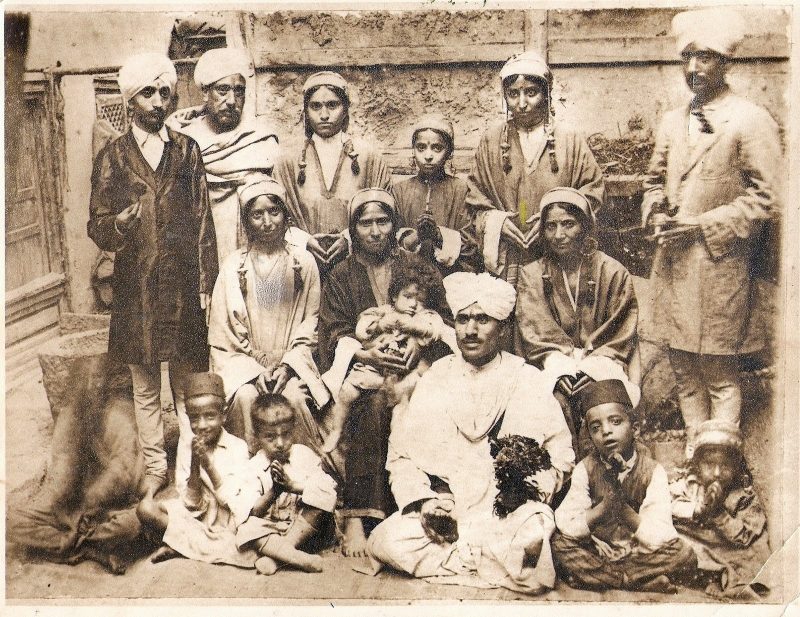








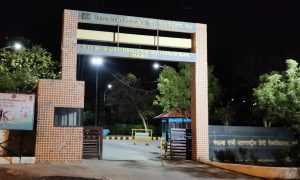













 WhatsApp us
WhatsApp us
Pingback: นาโนไฟแนนซ์
Pingback: numerogroup.org
Pingback: tutoring service
Pingback: replica watches
Pingback: Vital Flow Review
Pingback: satta king
Pingback: Coolsculpting
Pingback: video transitions gimbal
Pingback: 메이저놀이터
Pingback: 토토사이트
Pingback: rolex replica
Pingback: sell dumps with pin
Pingback: 파워볼사이트
Pingback: patek philippe replica
Pingback: elsa sex doll for sale
Pingback: formasi sma
Pingback: online gun shop
Pingback: Study in Nigeria
Pingback: 킹스포커
Pingback: replica rolex submariner black face
Pingback: https://rolex-watches.co/
Pingback: 메이저놀이터
Pingback: Peter Comisar Disgraced Ex Goldman Sachs Banker Sued By Scooter Braun For Fraud.
Pingback: 쿠쿠티비
Pingback: buy marijuana online UK
Pingback: Vanessa Getty face
Pingback: nova88
Pingback: ทางเข้า maxbet
Pingback: sbobet
Pingback: stop screenshot
Pingback: bullet journal template
Pingback: mushroom chocolate bars in stock for sale
Pingback: DevOps Solutions and Service provider
Pingback: this contact form
Pingback: official website
Pingback: Changa DMT For Sale Melbourne